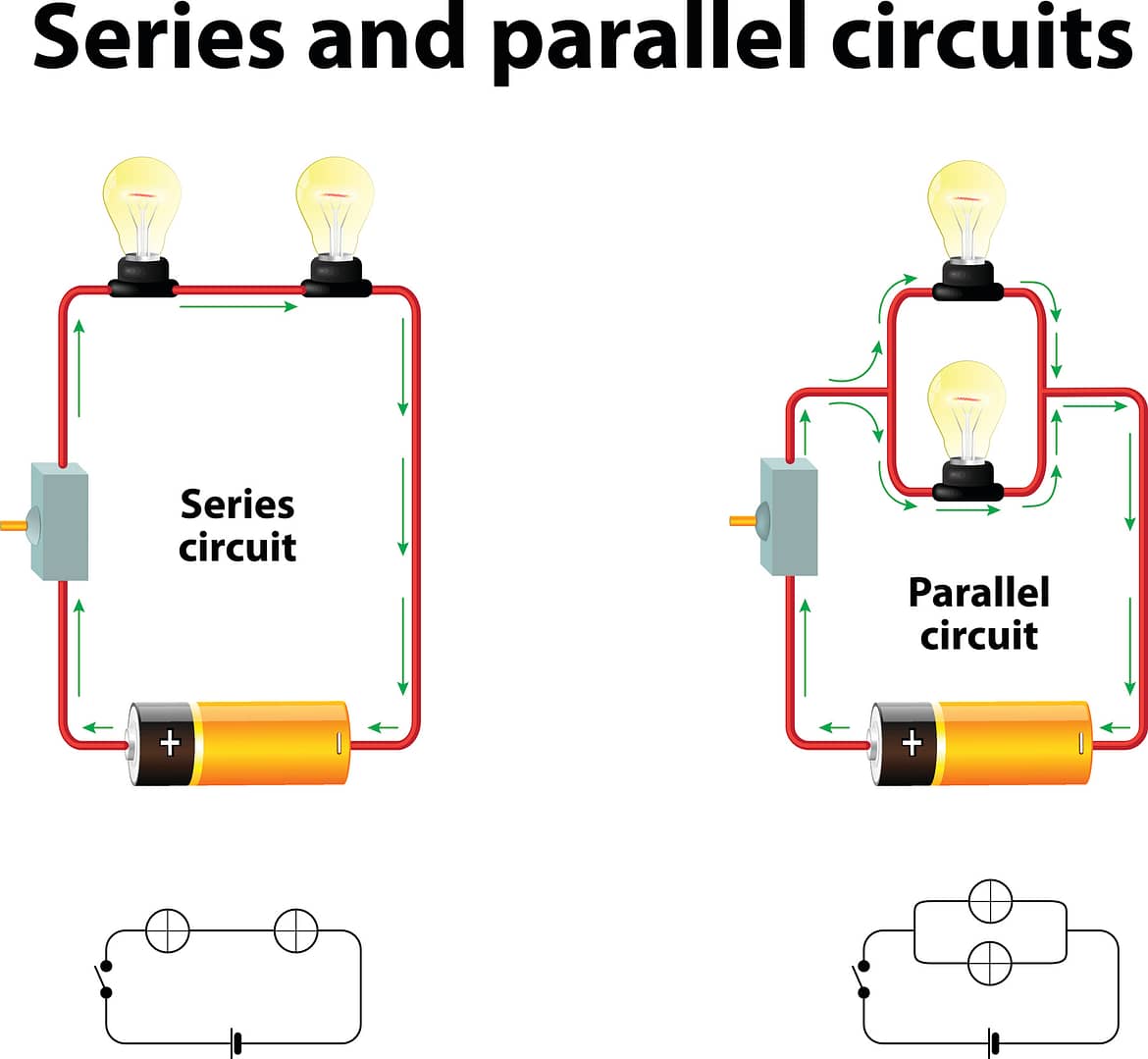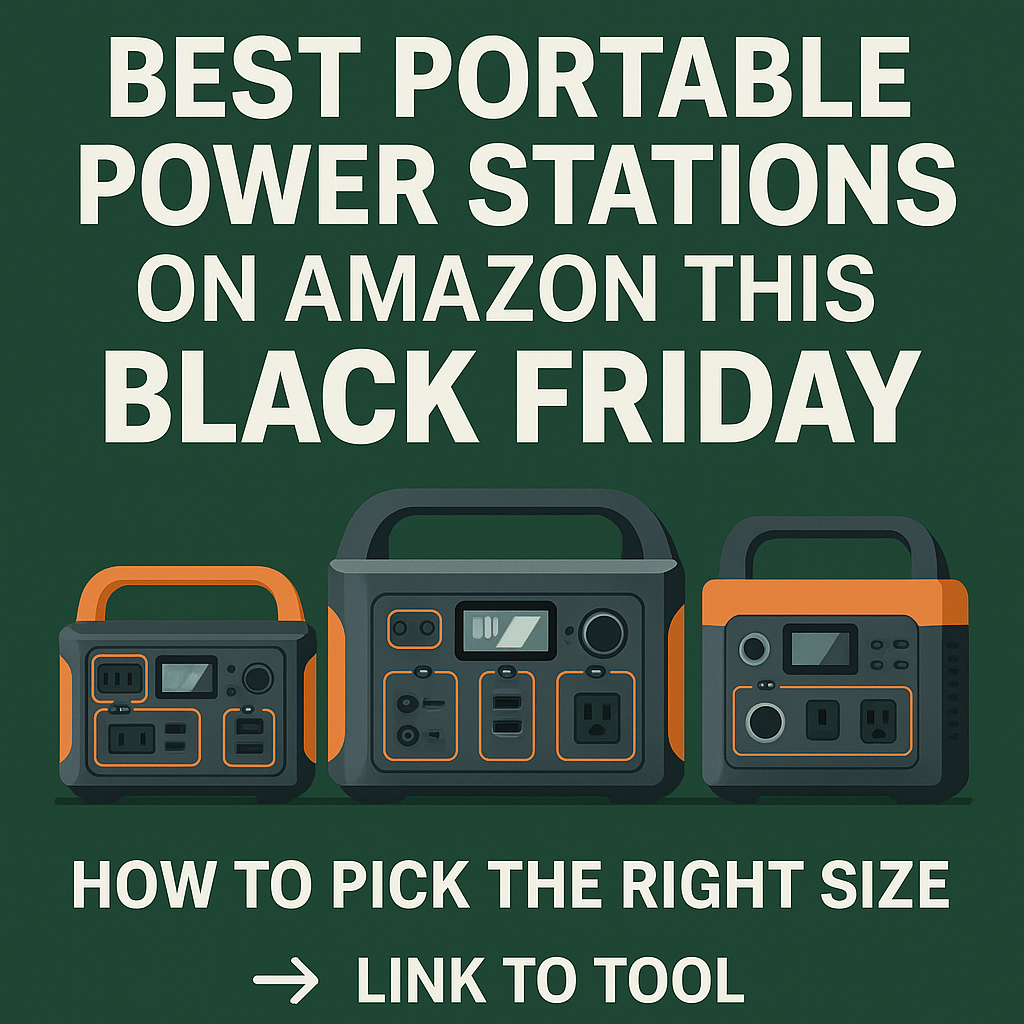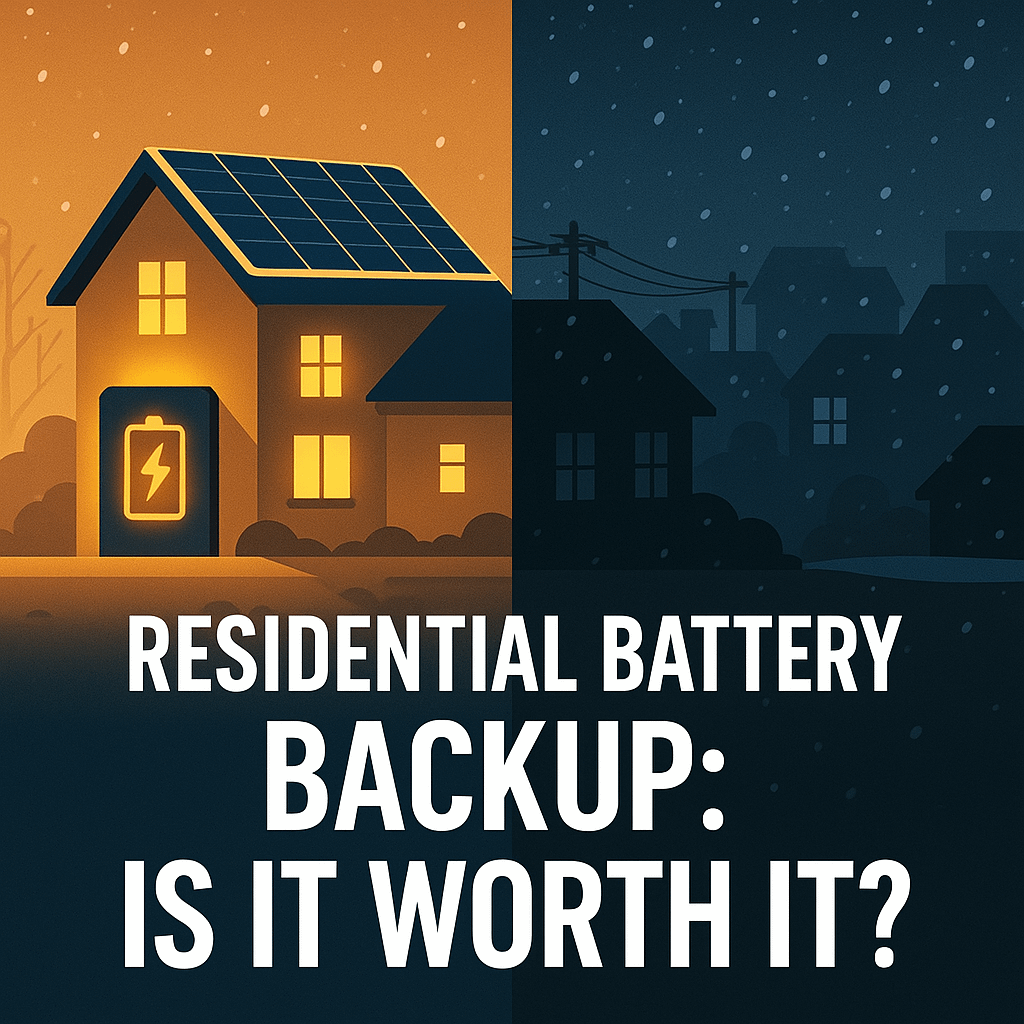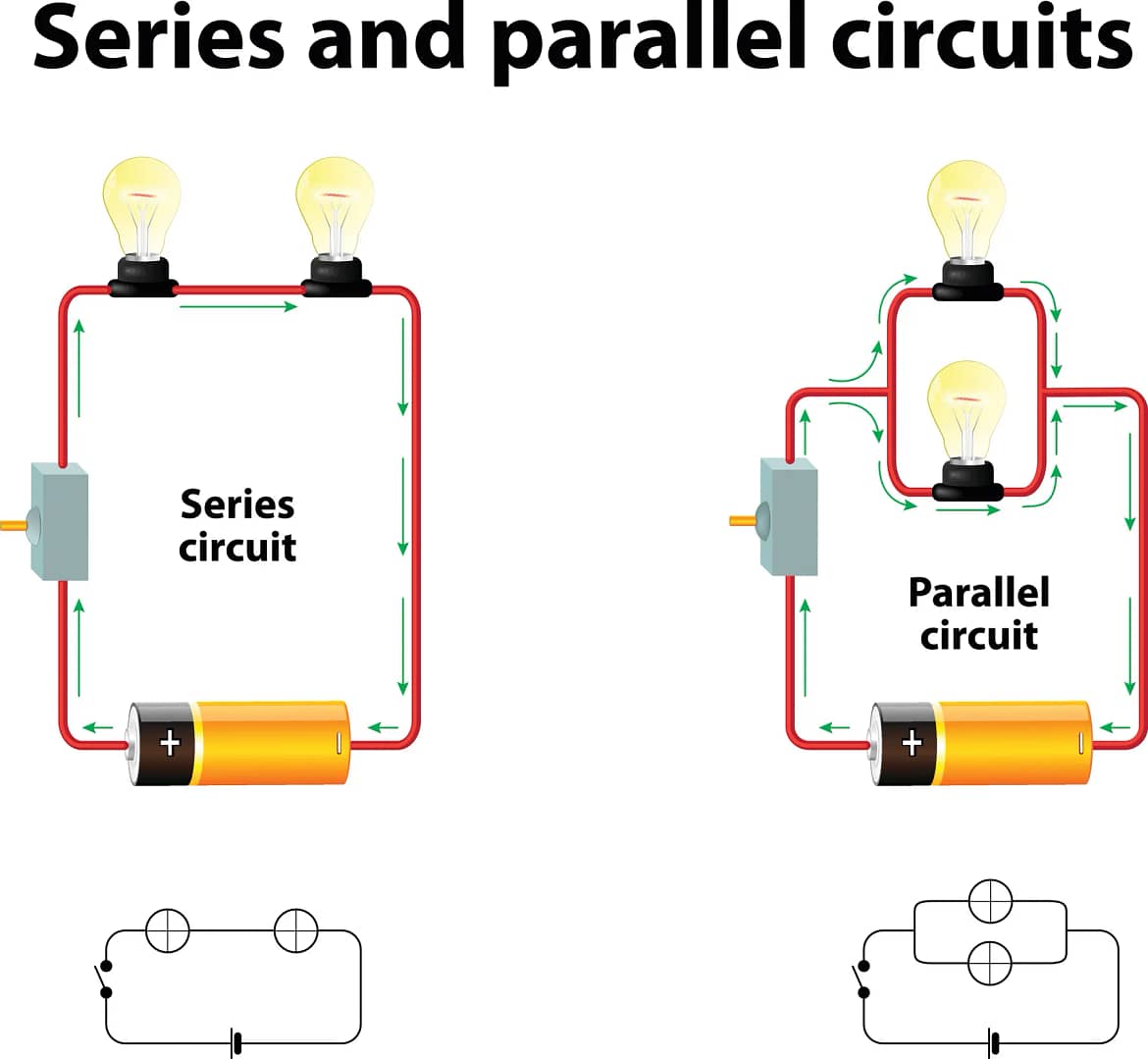
Series and parallel circuits Series circuits are connected along a single path so the same current flows through all of the components Components connected in parallel are connected such that the same voltage is applied to each component
Are you considering going off-grid? Are you ready to harness the power of the sun to provide electricity for your home or cabin? One of the most important decisions you’ll need to make is how to connect your solar panels and batteries. In this post, we’ll explore the differences between connecting solar panels and batteries in series and parallel, including the pros and cons of each connection type.
By understanding these differences, you can make informed decisions and set up your off-grid solar power system for reliable, affordable, and sustainable energy. So, whether you’re a homesteader, a DIY enthusiast, or just someone looking to live more sustainably, read on to learn more about how to configure your solar panels and batteries for optimal performance.
Series vs Parallel
Remember those giant flashlights your dad used to have in his truck? With the D Size batteries? Well, that spotlight shone so bright because those giant batteries were stacked in series.
Similarly, connecting solar panels or your off-grid batteries in series will increase the voltage output of the circuit. This is perfect for high voltage systems or if you need to send your generated power long distances. But be careful not to break the chain. If one link or panel is weak or broken, it can be lights out.
POWER TO THE PEOPLE: THE ULTIMATE DIY SOLAR GUIDE FOR ENERGY INDEPENDENCE!
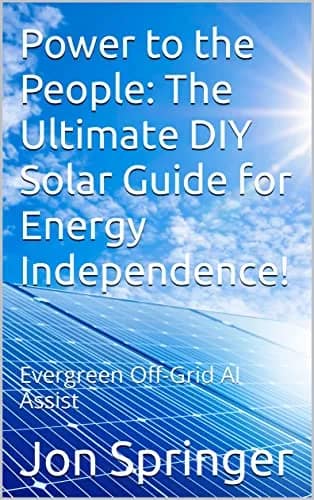
Connecting solar panels in parallel, on the other hand, is like adding more lanes to a highway. Just as each lane adds to the overall traffic capacity, each parallel branch adds to the overall current output. This connection type increases the amperage output of the circuit, which is useful when you have limited space. However, it’s important to choose panels of equal power and polarity.
Understanding the differences between parallel and series connections is important when designing your solar panel system. Below, we’ll explain advantages and disadvantages of each. Then we’ll help you understand situations when you might want a combination of series and parallel connections and how that’s achieved.
Solar Panels in Series: Is the Juice Worth the Squeeze?
Connecting solar panels in series is a popular choice for many people who want to power their homes or cabins off the grid. By linking multiple panels together, the overall voltage of the panels increases, making them more efficient at powering larger loads. This method also allows for easier installation and maintenance, since only one string of panels needs to be wired to the inverter.
Shade Happens: The Consequences of Covering One Solar Panel in a Series
However, there are some potential drawbacks to connecting solar panels in series. Unless you use micro inverters (discussed later), shading one panel in a string or if a single panel malfunctions, it can significantly reduce the output of the entire string.
Remember our traffic analogy? Well let’s call this a traffic jam and there are no side streets. The current flowing through the string is limited by the lowest-performing panel. This is known as the “weakest link” effect.
Danger: High Voltage!
Also, beware that connecting panels in series can increase the voltage of your system to dangerous levels.
So why Connect in Series, then?
Despite these drawbacks, there are situations where connecting solar panels in series might be the best choice. For example, if you have a large load that requires more voltage than a single panel can provide, connecting panels in series might be your solution.
Additionally, a higher voltage can help mitigate voltage drop. Voltage drop is the loss of voltage that occurs as electricity travels through wires. Voltage drop can be a significant issue in larger solar systems, with long cable runs, as it can lead to decreased efficiency and even damage to sensitive electronic equipment.
By connecting solar panels in series to create a higher voltage system, you can reduce the impact of voltage drop and ensure that your system operates as efficiently as possible.
Higher voltage systems can also be more cost-effective, as they require less wiring and can use smaller gauge wire to transmit power over longer distances without significant voltage loss.
Two’s a Crowd: Deciding Whether Parallel is Perfect or Problematic for Your Solar Panels
Connecting your solar panels in parallel is another option to consider. In parallel connections, the positive terminals of all the panels are connected together, and the negative terminals are also connected together. This configuration increases the overall current of your circuit.
The Pros of Parallel
One of the major advantages of connecting solar panels in parallel is that it provides a higher overall current, making it easier to power large loads such as air conditioning units and power tools.
Additionally, if one panel in the array is shaded or malfunctions, it won’t affect the output of the other panels in the same way that it would in a series connection.
Parallel Problems
However, there are drawbacks to connecting solar panels in parallel as well. Since the current of each panel is added together, it can lead to higher power losses due to resistance in the wires. Connecting panels in parallel can also be more difficult to install and maintain, since each panel requires its own wiring and monitoring.
When to take the Parallel Path
Despite these potential drawbacks, there are situations where connecting solar panels in parallel might be the best choice. For example, if you have a large load that requires more current than a single panel can provide, connecting panels in parallel can be a good solution.
Additionally, if your panels are located in an area where shading is a concern, connecting them in parallel can help mitigate the effects of shading on the overall output.
Two is Better Than One: How Combining Series and Parallel Connections Can Amp Up Your Solar Game
Combining solar panels in a combination of series and parallel can provide a number of benefits for your off-grid solar power system. By using a mix of both connection types, you can create a system that balances power output, increases efficiency, and minimizes the impact of shading.
When it comes to selecting different voltage levels, it’s important to consider the size of your solar array and the maximum voltage that your charge controller can handle.
Combining panels in series can increase the overall voltage output, making it more efficient for powering larger loads or sending power over long distances. However, connecting panels in parallel can provide the necessary amperage output you need. By combining these connection types, you can create a system that maximizes power output while improving system efficiently and capabilities.
Shade optimization is another important factor to consider when connecting solar panels. Shade can significantly impact the performance of your solar panels, leading to decreased efficiency and power output. By using a combination of series and parallel connections, you can reduce the impact of shading on your system.
Micro Inverters
Micro inverters are another way to increase shade tolerance. Whether your panels are in series or parallel, micro inverters can allow each solar panel to operate independently. This ensures that shading on one panel doesn’t impact the performance of the entire system.
Consider your Needs
Overall, combining solar panels in a combination of series and parallel can provide a number of benefits for your solar power system. By carefully considering your specific needs and selecting the right combination of connection types, you can optimize your system for maximum efficiency, power output, and shade tolerance.
Power Play: Choosing Between Series and Parallel Connections for Your Off-Grid Batteries
Panels aren’t the only equipment where series and parallel connection considerations come into play. When you’re setting up your off-grid solar power system, connecting batteries is also a crucial step. And just like panels there are two ways to connect your batteries: in series and in parallel.
Connecting batteries in series means linking the positive terminal of one battery to the negative terminal of the next battery. This creates a string of batteries with an overall higher voltage, making it more efficient at transmitting power. However, if one battery fails, the entire battery bank’s output will decrease.
Connecting batteries in parallel involves connecting the positive terminals of all batteries together, and the negative terminals together. This increases the overall capacity of the battery bank and provides a higher current for larger loads. However, this can lead to imbalanced charging and discharging of the batteries.
There are situations where each type of connection is best. If you have a large load that requires more voltage than a single battery can provide, connecting batteries in series is a good option. If you need more overall capacity to power your home or cabin, connecting batteries in parallel can be a good solution. A combination of both connection types can also balance power output and prolong the lifespan of your batteries.
To ensure that your battery bank is set up correctly and efficiently, consider the needs of your system. For help with sizing your off-grid battery bank click here.
Connections that Count: Choosing the Right Path
In this post, we’ve covered the differences between connecting solar panels and batteries in series and parallel. Connecting panels in series can increase the overall voltage, making the system more efficient, while connecting them in parallel can increase the overall current for larger loads.
Connecting batteries in series can increase the voltage of the battery bank, while connecting them in parallel can increase the overall capacity and provide a higher current.
It’s important to weigh the pros and cons of each connection type and consider your specific needs before making a decision.
Understanding the differences between connecting solar panels and batteries in series and parallel is crucial for setting up your off-grid solar power system. Choosing the right connection type for your specific needs can ensure that your system operates efficiently and effectively.
This article is part of Evergreen Off-Grid’s AI Assist blog category.
Evergreen Off-Grid generated this article in part with GPT-3, OpenAI’s large-scale language-generation model. Upon generating draft language, Evergreen Off-Grid reviewed, edited, and revised the language to our liking and we take ultimate responsibility for the content of this publication.This disclaimer will appear on all of our content assisted with AI.


